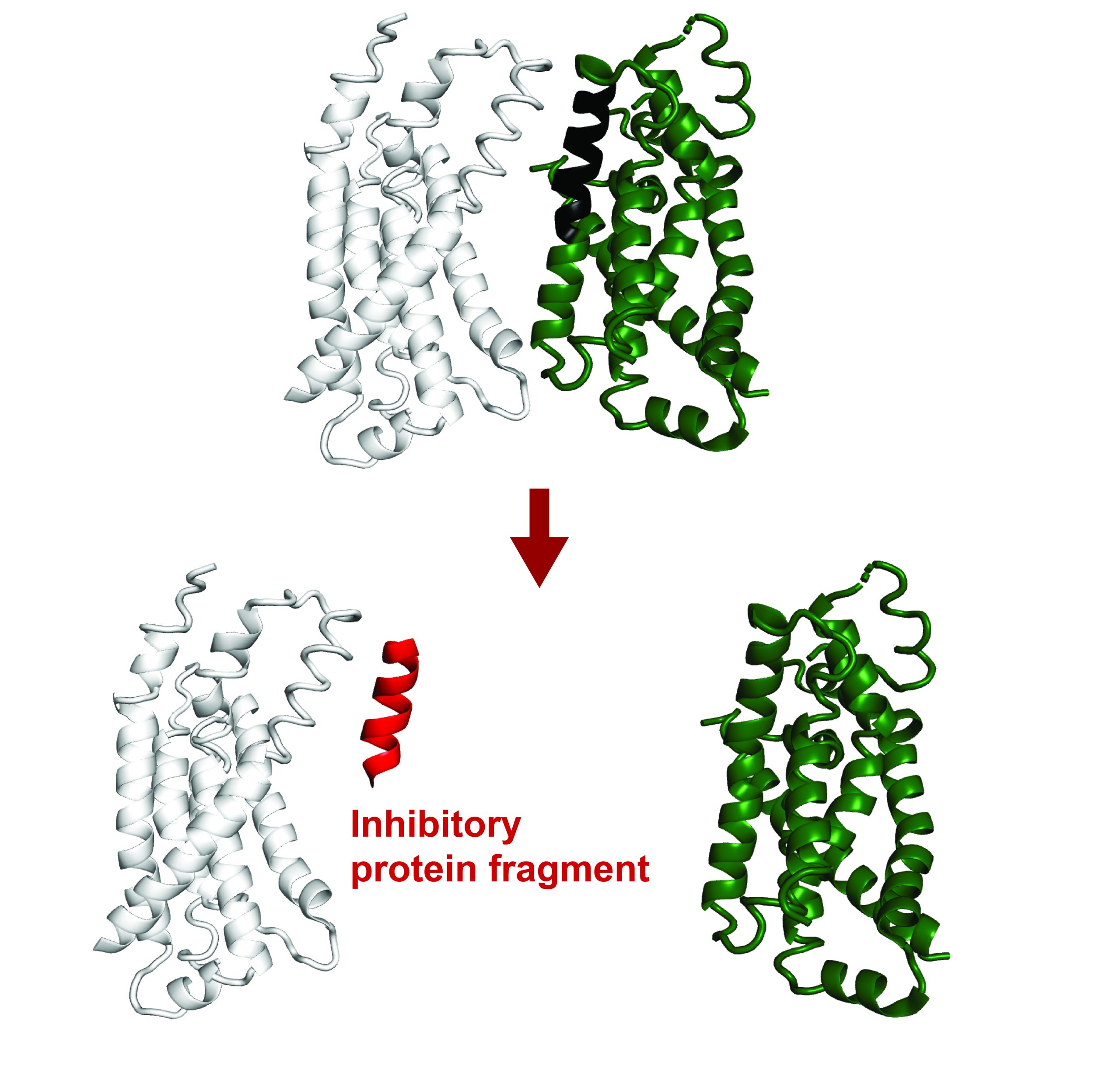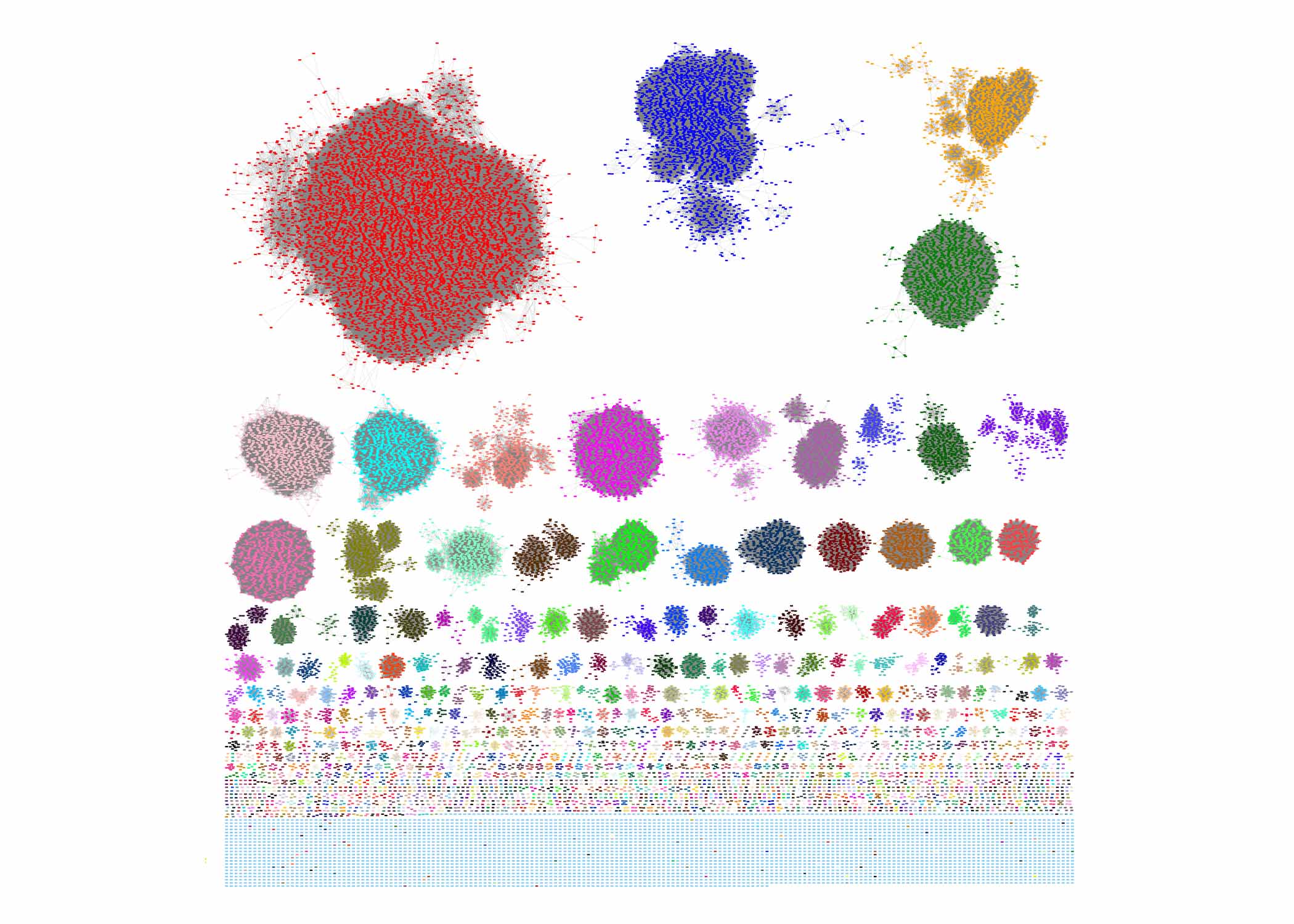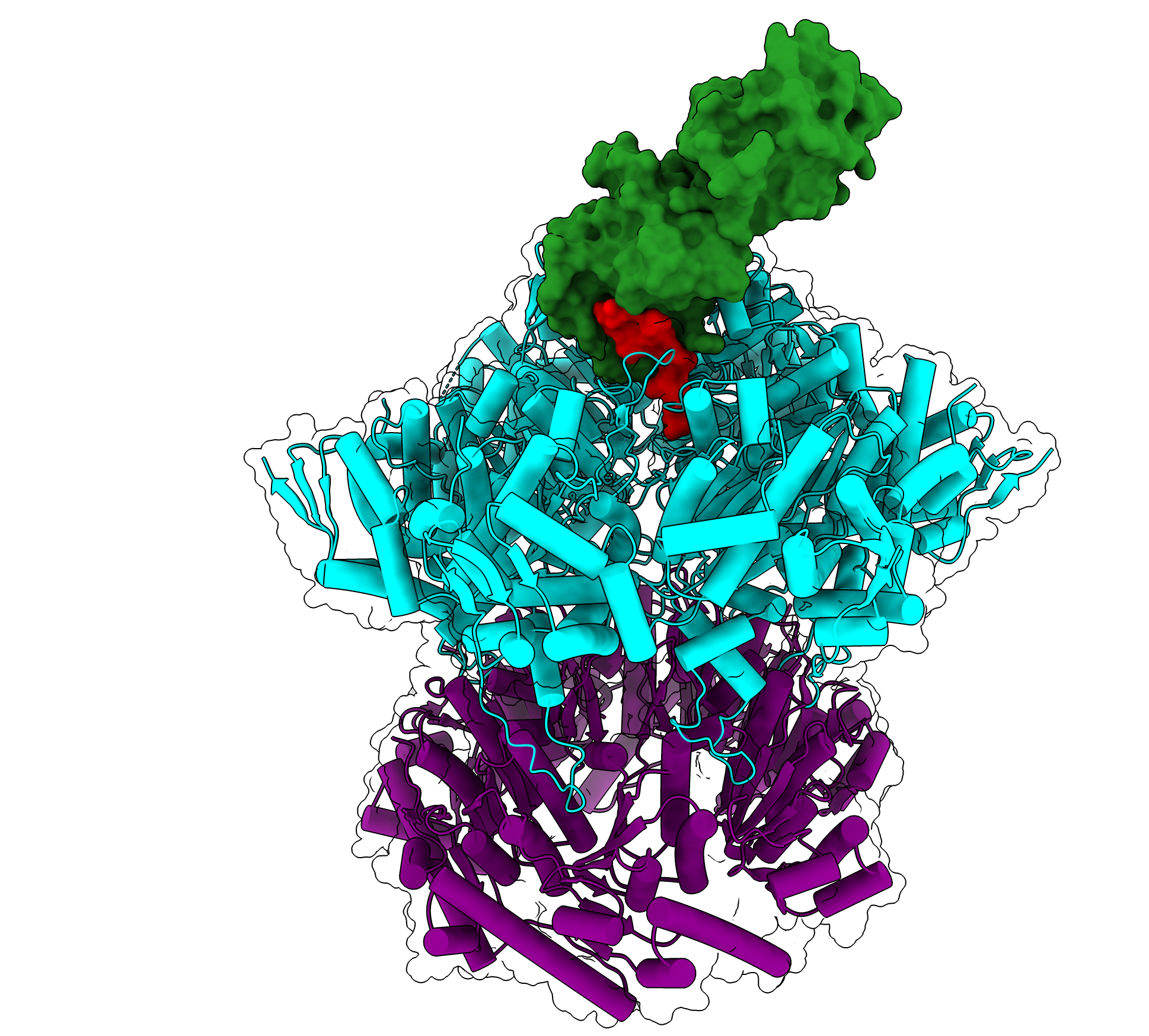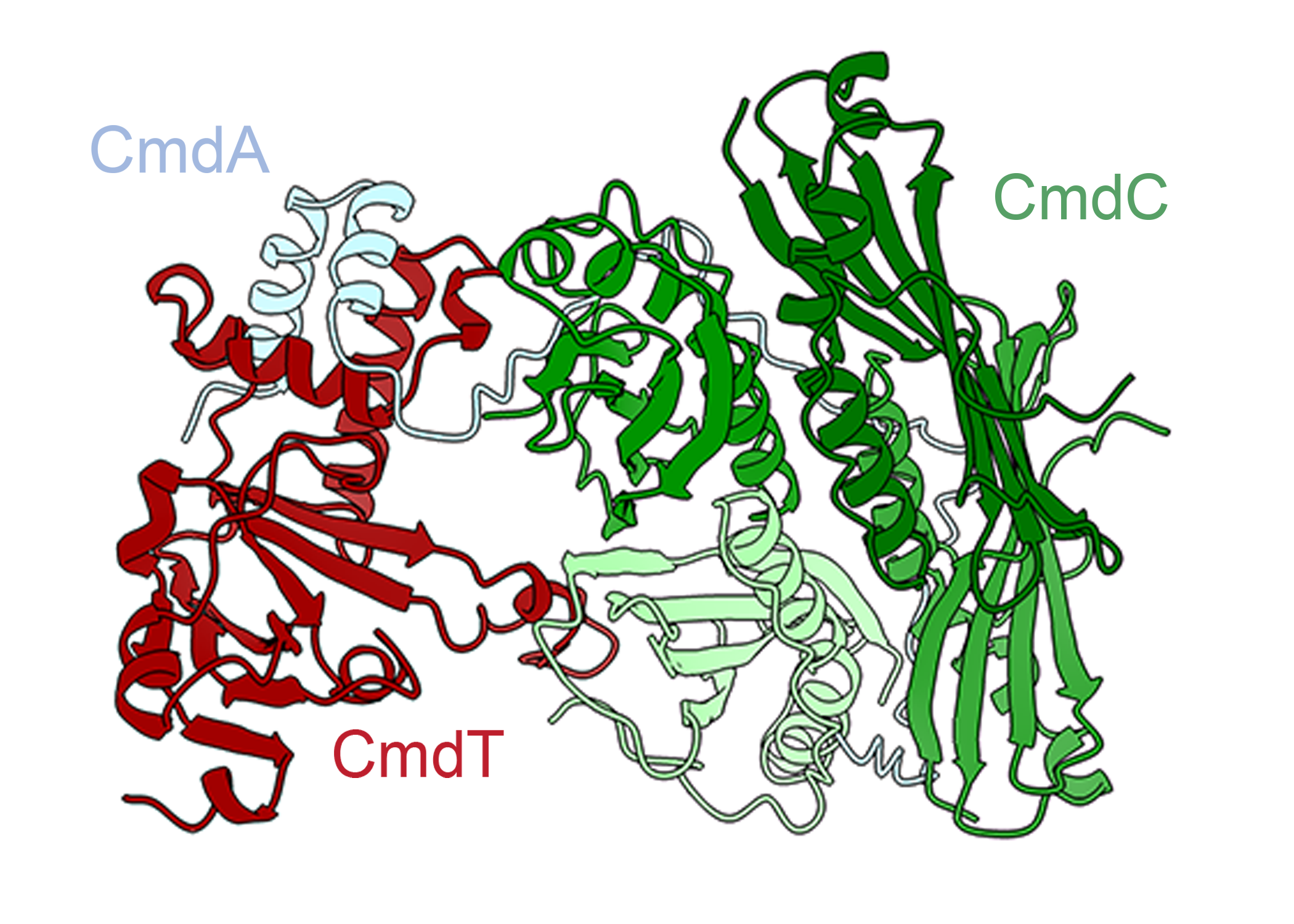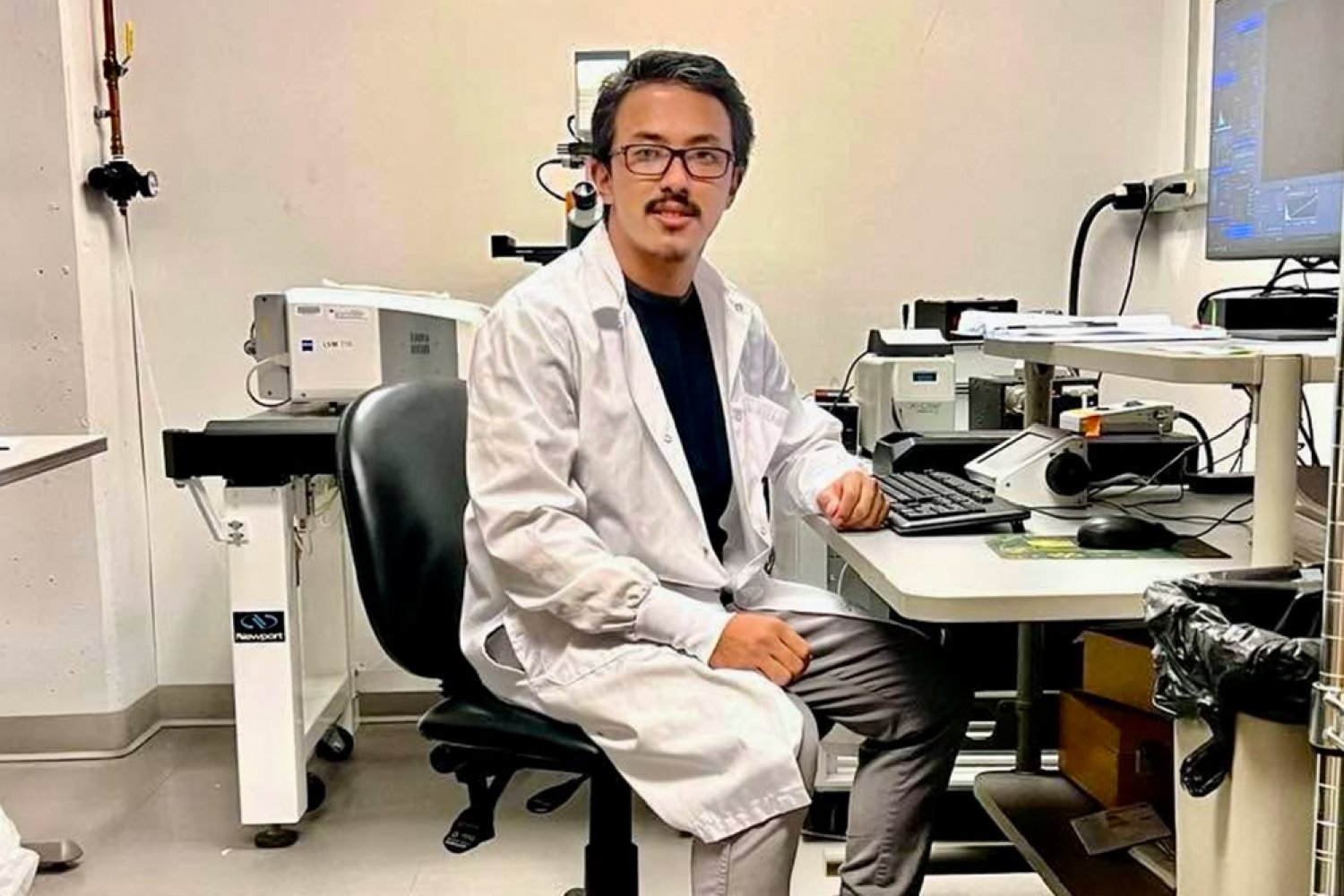
Mingmar Sherpa, a researcher in the Martin Lab in the Department of Biology, has remained connected to his home in Nepal at every step of his career.
Ekaterina Khalizeva | Department of Biology
April 29, 2025
For Mingmar Sherpa, a senior research support associate in the Martin Lab in the Department of Biology, community is more than just his colleagues in the lab, where he studies how mechanical forces affect cell division timing during embryogenesis. On his long and winding path to MIT, he never left behind the people he grew up among in Nepal. Sherpa has been dedicated, every step of his career — from rural Solukhumbu to Kathmandu to Alabama to Cambridge — to advancing education and health care among his people in any way he can.
Despite working more than 7,000 miles away from home, Mingmar Sherpa makes every effort to keep himself connected to his community in Nepal. Every month, for example, he sends home money to support a computer lab that he established in his hometown in rural Solukhumbu, the district of Nepal that houses Mount Everest — just $250 a month covers the costs of a teacher’s salary, electricity, internet, and a space to teach. In this lab, almost 250 students thus far have learned computer skills essential to working in today’s digitally driven world. In college, Sherpa also started The Bright Vision Foundation (The Bright Future), an organization to support health and education in Nepal, and during the pandemic raised funds to provide personal protective equipment (PPE) and health care services across his home country.
While Sherpa’s ambition to help his home can be traced back to his childhood, he didn’t have it all figured out from the start, and found inspiration at each step of his career.
“This mindset of giving back to the community, helping policymakers or establishing an organization to help people do science, helping the scientific community to find cures for diseases — all these ideas came to me along the way,” Sherpa says. “It is the journey that matters.”
A journey driven by hope and optimism
“Sherpa” is a reference to the ethnic group native to the mountainous regions of Nepal and Tibet, whose members are well-known for their mountaineering skills, which they use to guide and assist tourists who want to climb Mount Everest. Growing up in rural Solukhumbu, Sherpa was surrounded by people working in the tourism industry; few other occupations appeared feasible. There was just one hospital for the whole district, requiring locals to walk for days to get medical assistance.
The youngest of seven siblings, Sherpa went to an English-language middle school, which he had to walk for over an hour to get to. He excelled there, soon becoming the top student in his class and passing the national exam with distinction — success that allowed him to both dream of and accomplish a move to Kathmandu, the capital city of Nepal, to study in the best school in the country.
It was an overwhelming transition, surrounded as he was for the first time by people from a very different social class, privileged with far more technological resources. The gaps between this well-equipped community and the one he left back home became increasingly obvious and left a strong impression on Sherpa.
There, he started thinking about how to use his newly acquired access to education and technology to uplift his community at home. He was especially fascinated by questions surrounding biology and human health, and next set his sights on attending college in the United States.
“If I came to the U.S., I could learn skills which I could not learn in Nepal,” he says. “I could prepare myself to solve the problems that I want to solve.”
At the University of Alabama in Birmingham, Sherpa continued to deepen his passion for biological science and joined a research lab. Through that work, he discovered the joys of basic research and the diverse set of skills it fosters.
“I joined the lab to learn science, but to do science, you need other skills, like research communication,” he says. “I was learning unintentionally from being in a research position.”
When Covid-19 spread around the globe, Sherpa wanted to apply the expertise and resources he had gained to help his people address the crisis. It was then that he started The Bright Vision Foundation, an organization aiming to raise the standards of health care and education in underserved communities in Nepal. Through the foundation, he raised funds to distribute PPE, provide health care services, and set up the computer lab in his childhood home.
“Today’s world is all about technology and innovation, but here are good people in my community who don’t even know about computers,” he says.
With the help of his brother, who serves as the lab instructor, and his parents, who provide the space and support the lab, and Sherpa’s own fundraising, he aims to help youths from backgrounds similar to his own be better prepared for the technologically advanced, globalized world of today.
The MIT chapter
Now, at MIT, Sherpa speaks with deep appreciation of the opportunities that the university has opened up for him — the people he has been meeting here, and the skills he has been learning.
Professor of biology Adam C. Martin, Sherpa’s principal investigator, views making sure that international trainees like Mingmar are aware of the wide range of opportunities MIT offers — whether it be workshops, collaborations, networking and funding possibilities, or help with the pathway toward graduate school — as a key part of creating a supportive environment.
Understanding the additional burdens on international trainees gives Martin extra appreciation for Sherpa’s perseverance, motivation, and desire to share his culture with the lab, sharing Nepalese food and providing context for Nepalese customs.
Being at such a research-intensive institution as MIT has helped Sherpa further clarify his goals and his view of the paths he can take to achieve them. Since college, his three passions have been intertwined: leadership, research, and human health.
Sherpa will pursue a PhD in biomedical and biological sciences with a focus in cancer biology at Cornell University in the fall. In the longer term, he plans to focus on developing policy to improve public health.
Although Sherpa recognizes that Nepal is not the only place that might need his help, he has a sharp focus and an acute sense of what he is best positioned to do now. Sherpa is gearing up to organize a health camp in the spring to bring doctors to rural areas in Nepal, not only to provide care, but also to gather data on nutrition and health in different regions of the country.
“I cannot, in a day, or even a year, bring the living conditions of people in vulnerable communities up to a higher level, but I can slowly increase the living standard of people in less-developed communities, especially in Nepal,” he says. “There might be other parts of the world which are even more vulnerable than Nepal, but I haven’t explored them yet. But I know my community in Nepal, so I want to help improve people’s lives there.”




